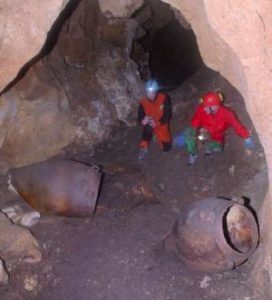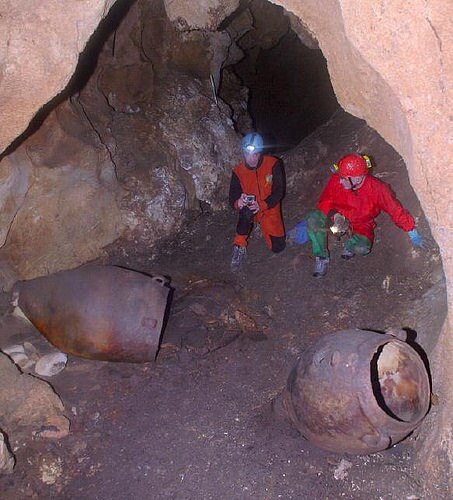
This finding published in Microchemical Journal is significant as it’s the earliest discovery of wine residue in the entire prehistory of the Italian peninsula. Traditionally, it’s been believed wine growing and wine production developed in Italy in the Middle Bronze Age (1300-1100 B.C.) as attested just by the retrieval of seeds, providing a new perspective on the economy of that ancient society.
Lead author Davide Tanasi, PhD, University of South Florida in Tampa conducted chemical analysis of residue on unglazed pottery found at the Copper Age site of Monte Kronio in Agrigento, located off the southwest coast of Sicily. He and his team determined the residue contains tartaric acid and its sodium salt, which occur naturally in grapes and in the winemaking process.
It’s very rare to determine the composition of such residue as it requires the ancient pottery to be excavated intact. The study’s authors are now trying to determine whether the wine was red or white.
_____________________________________
Chemical analysis on these storage jars mark the earliest discovery of wine residue in the entire prehistory of the Italian peninsula. Credit: Dr. Davide Tanasi, University of South Florida
_____________________________________________
Article Source: University of South Florida news release
_________________________________________________
Receive 30 days free access to the popular new CuriosityStream lineup of documentaries on science, history, nature, and technology as a new Popular Archaeology premium subscriber.
___________________________________________
Travel and learn with Far Horizons.
____________________________________________
This richly illustrated issue includes the following stories: Recent findings shedding new light on the whereabouts of the remains of Philip of Macedon, father of Alexander the Great; how an archaeologist-sculptor is bringing bones of the dead back to life; archaeologists uncovering town life at the dawn of civilization; an exclusive interview with internationally acclaimed archaeologist James M. Adovasio about what makes the Meadowcroft Rockshelter prominent in the ongoing search for the first Americans; what archaeologists are finding at the site of the ancient city of Gath, the home town of the biblical Philistine giant, Goliath; and how scientists are redrawing the picture of human evolution in Europe. Find it on Amazon.com.







